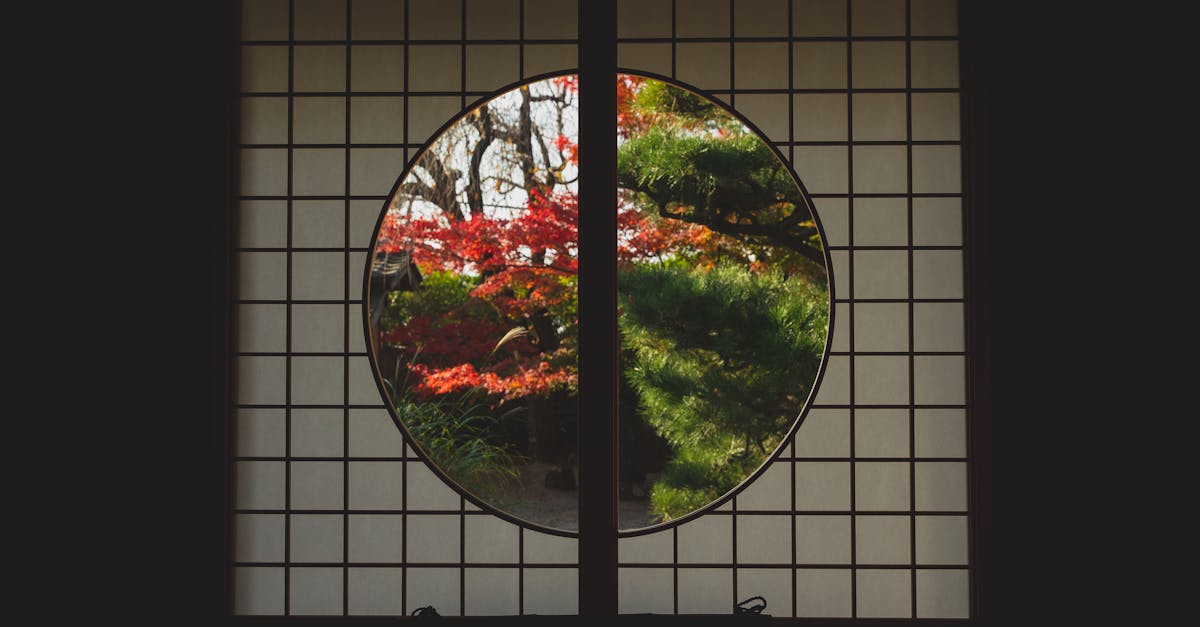Key Takeaways
- LECA (Lightweight Expanded Clay Aggregate) is a versatile growing medium known for its excellent water retention and aeration properties.
- Benefits of using LECA for plants include improved water retention, enhanced aeration for roots, and prevention of overwatering and root rot.
- Different plants require specific LECA applications, such as layering for drainage in succulents and cacti or mixing into soil for leafy greens.
- Tips for caring for plants in LECA include monitoring water levels, adjusting fertilization, pruning roots, and rotating plants for even growth.
- Common mistakes to avoid when using LECA include overwatering, neglecting fertilization, ignoring root health, and lack of plant rotation.
- To ensure successful plant care with LECA, it’s essential to follow proper application techniques and avoid common pitfalls.

What is LECA?
LECA stands for Lightweight Expanded Clay Aggregate.
It is a versatile growing medium made from expanded clay pellets.
LECA is known for its excellent water retention and drainage properties, making it ideal for potted plants.
- The porous nature of LECA helps prevent overwatering and root rot in plants.
- These clay balls are lightweight, reusable, and provide aeration to plant roots.
- LECA is widely used in hydroponic and traditional gardening.
If you’re curious to learn more about LECA and its benefits, check out this informative guide from Gardeners World website.
Benefits of Using LECA for Plants
When it comes to growing healthy plants, using LECA can offer some fantastic advantages that both we and our leafy friends can enjoy. Here are some key benefits of incorporating LECA into our plant care routine:
- Improved water retention and drainage: LECA ensures our plants get the right amount of water without drowning their roots.
- Excellent aeration for roots: These lightweight clay balls promote oxygen circulation, promoting healthier root systems for our plants.
- Prevents overwatering and root rot: With LECA, we can say goodbye to the risks associated with excessive watering, keeping our plants thriving.
By utilizing LECA in our plant care, we can create an optimal environment for our green companions to flourish and grow beautifully. If you want to study deeper into the benefits of LECA, you can check out this informative article on Gardenia.

How to Use LECA for Different Types of Plants
When using LECA for plants, ensure proper application for various plant types:
- Succulents and Cacti: Layer LECA at the bottom for drainage.
- Orchids: Fill pots with LECA for aeration and moisture control.
- Leafy Greens: Mix LECA into soil for enhanced drainage.
- Indoor Plants: Use LECA as a decorative top dressing.
- Aquatic Plants: Place LECA at the base of water plants for stability.
After all, each plant has unique needs. Adjust LECA usage accordingly to support their growth.
Don’t miss the opportunity to learn more about plant care with Gardening Know How. They offer valuable insights on plant maintenance.
Tips for Caring for Plants in LECA
When caring for plants in LECA, there are a few things to keep in mind to ensure their well-being:
- Monitoring Water Levels: Check regularly to avoid overwatering.
- Adjusting Fertilization: Because LECA doesn’t retain nutrients, consider liquid fertilizers.
- Pruning and Inspecting Roots: Keep an eye on root growth and remove any dead parts.
- Rotating Plants: Help them grow evenly by rotating occasionally.
For more detailed insights on plant care, Gardening Know How provides valuable information on plant maintenance. They offer a guide to ensure your plants thrive in LECA.

Common Mistakes to Avoid When Using LECA
When using Lightweight Expanded Clay Aggregate (LECA) for plants, there are some common mistakes to steer clear of for successful plant care. Here are a few tips to help you make the most of LECA for your beloved plants:
- Overwatering: One common mistake is overwatering your plants in LECA. Due to its excellent water retention properties, it’s easy to drown the roots. Ensure you monitor the water levels regularly.
- Neglecting Fertilization: LECA lacks nutrient retention, so after all to adjust your fertilization routine. Regularly fertilize your plants to keep them healthy and thriving.
- Ignoring Root Health: It’s important to prune and inspect the roots regularly when using LECA. Healthy roots are critical for plant growth and and so well-being.
- Lack of Rotation: To promote even growth, rotate your plants periodically. This ensures that all parts of the plant receive adequate light and nutrients.
For more insights on plant care, you can refer to the helpful resources at Gardening Know How.
After all, avoiding these common mistakes will help you create a thriving environment for your plants in LECA.
